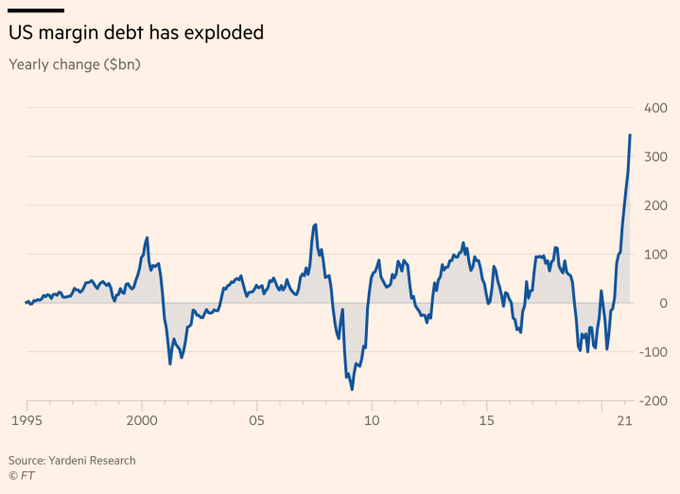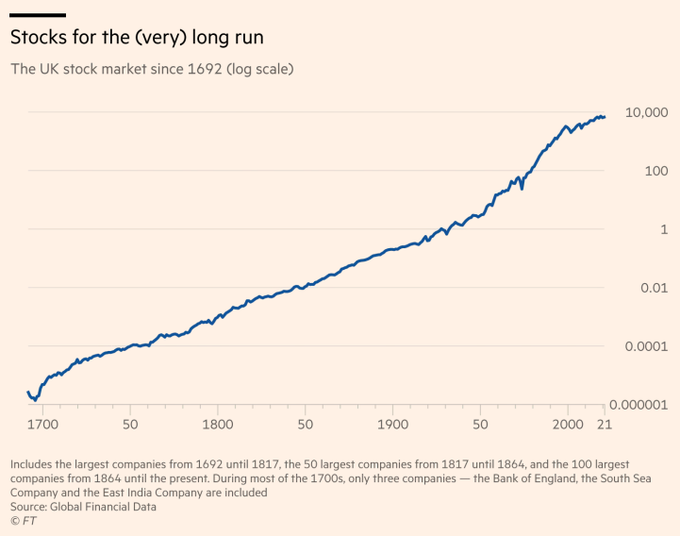Countertrend vs. Exiting Early
Say the current trend is an uptrend.
- If you did not have a position, and you take a short, that is a countertrend trade.
- If you have a long position, and you exit early (compared to what your trading system dictates), your exit trade is actually also a countertrend trade.
- In both cases, you are betting that the market will go down. In a way, a net short position is a more “aggressive” version of the countertrend trade, because you are willing to lose your original capital if you are wrong, whereas flattening a long position gives up potential upside if you are wrong.
One benefit of recognizing this link is that it helps to set the re-entry price for traders that still want to exit early. So when you take a countertrend short, you would likely place your stop just above the most recent high. The stop is placed at a level where you admit that your countertrend trade has failed. Since your early exit is also a countertrend trade, that same level is the spot where you should also admit that your early exit has failed, and hence you should get back on the trend again.
So when you want to exit early from your current position in line with the trend, immediately after you exit, place a buy stop just the most recent high. That defines and limits your risk for being wrong on your countertrend exit, and gets you back on board.
This should help to address a common issue where traders after they exit early from their trend trade, they freeze as price goes back on track and they are stuck in indecision as to whether or not to re-enter, and at what price to re-enter. This freezing on the re-entry decision in fact is exactly the same as freezing when faced with an increasing open loss, in this case, the open loss is on the exit trade that was just made. And as we all know, freezing as your loss increases is a recipe for disaster. (more…)






